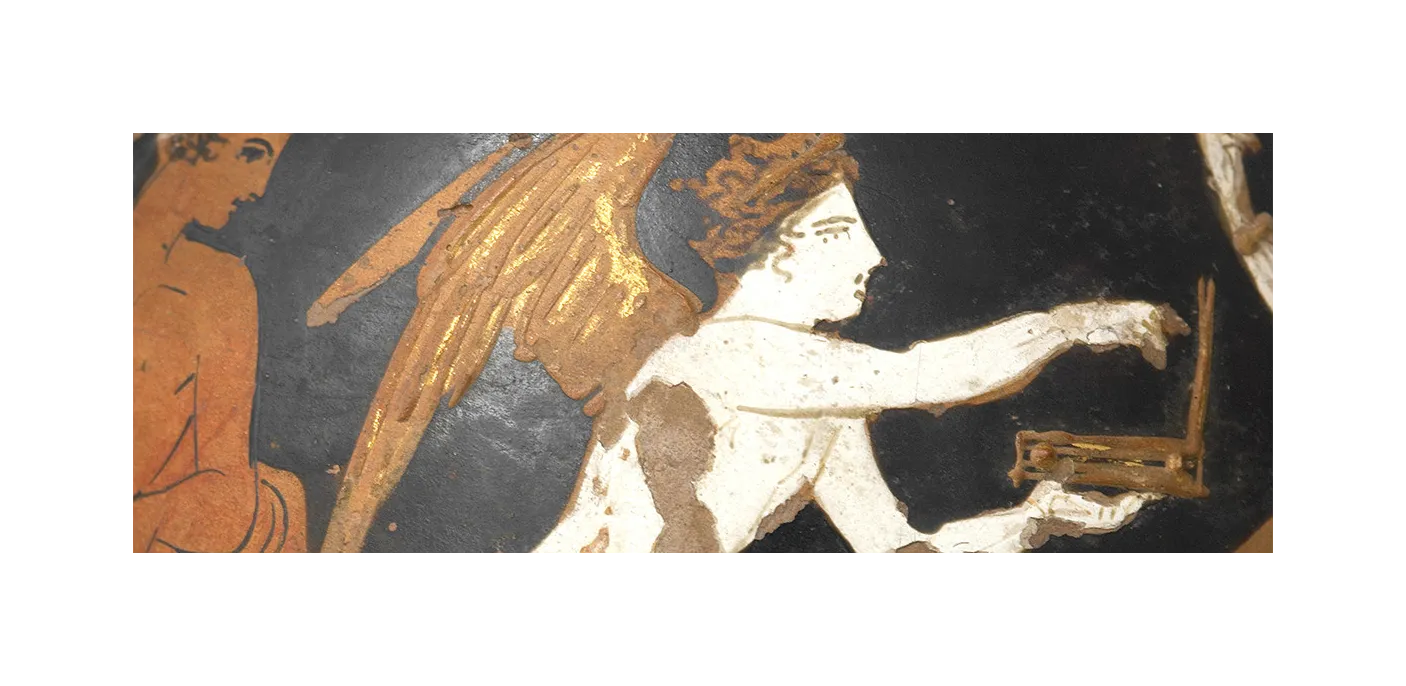
ODEEG (Online database for research on the development of vessel shapes and capacities)
- Hosting organisations
- ÖAI - Österreichisches Archäologisches Institut and TU Wien - Computer Vision Lab
- Responsible persons
- Claudia Lang-Auinger, Stefan Spelitz, and Vera Moitinho de Almeida
- Start
- End
ODEEG
Online-Datenbank zur Erforschung der Entwicklung von Gefäßformen und -maßen
Online database for research on the development of vessel shapes and capacities
ODEEG is an open-access online database for research on the development of ancient pottery shapes and capacities. ODEEG is specially focused on 3D models, filling capacities, metadata, and long term archiving of the data, while applying LOD and FAIR principles. It is connected to the wider CVA project.
Presently, ODEEG includes fine-wear painted vessels, from ancient Greek territories and Cyprus. Whereas the period encompasses 10th–4th century BCE, approximately from the Geometric period to the Hellenistic period.
This database includes a large variety and number of born digital assets, with a special focus on 3D data (including raw and post-processed data), but also photographs, scientific illustrations, and corresponding archaeological and technical metadata. Approximately 320 objects have been 3D scanned during previous CVA-Austria projects, as well as during the course of the ODEEG project. All data is deposited and archived in ARCHE, for long-term preservation. In order to exploit extra knowledge and provide more useful information, it also incorporates links to other datasets on the Web, such as GeoNames, Chronontology, PeriodO, and AAT. Linked Open Data (LOD) and FAIR data principles are applied.
Within the ODEEG project, we have also developed the ODDEG App package to analyse further our 3D models. More specifically, to automatically reconstruct the inner surfaces of incomplete 3D scanned vessels, to calculate their filling capacity and wall thickness, and to generate automatically profile sections and illustrations. This package and source code are freely available at Zenodo, released under the GNU General Public License GPLv3. A step-by-step manual on how to use these apps is available as supplementary material of this paper.
But in short, the main objectives of ODEEG are to: Digitally document ancient vessels in 3D; Ensure long-term digital preservation of the documentation; Make a variety of data available for researchers via a dedicated online open-access database, referencing to the Beazley Archive Pottery Database (BAPD, University of Oxford). We aim at creating an ideal foundation to gain further knowledge and help answering innovative scientific questions dealing with interior and exterior measurements of ancient vessels, by providing a publicly available, long-term, online archive.
Acknowledgements
The ODEEG project has been funded by ÖAW, through the Go!Digital programme (id: 0703, 2017-2019). We are also grateful to the following institutions and people for granting access to the archaeological objects and/or to further data: Kunsthistorisches Museum, Vienna, Austria; University of Graz, Austria; as well as to all members of the 3D scanning teams which collaborated in previous CVA-Austria projects conducted by C. Lang-Auinger.